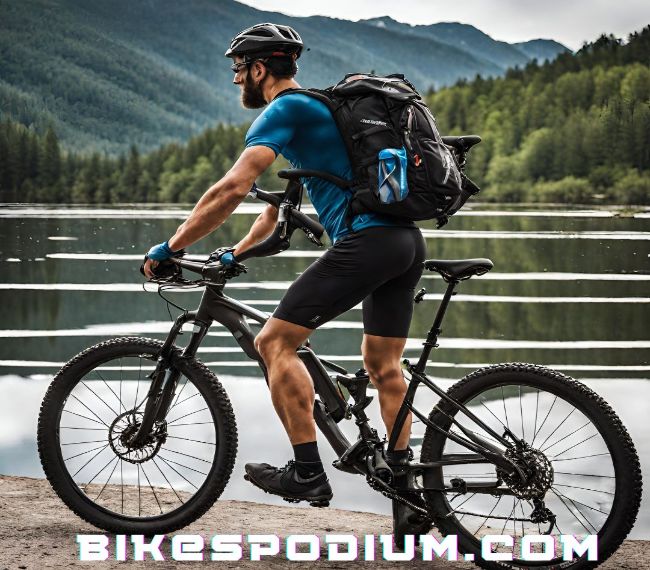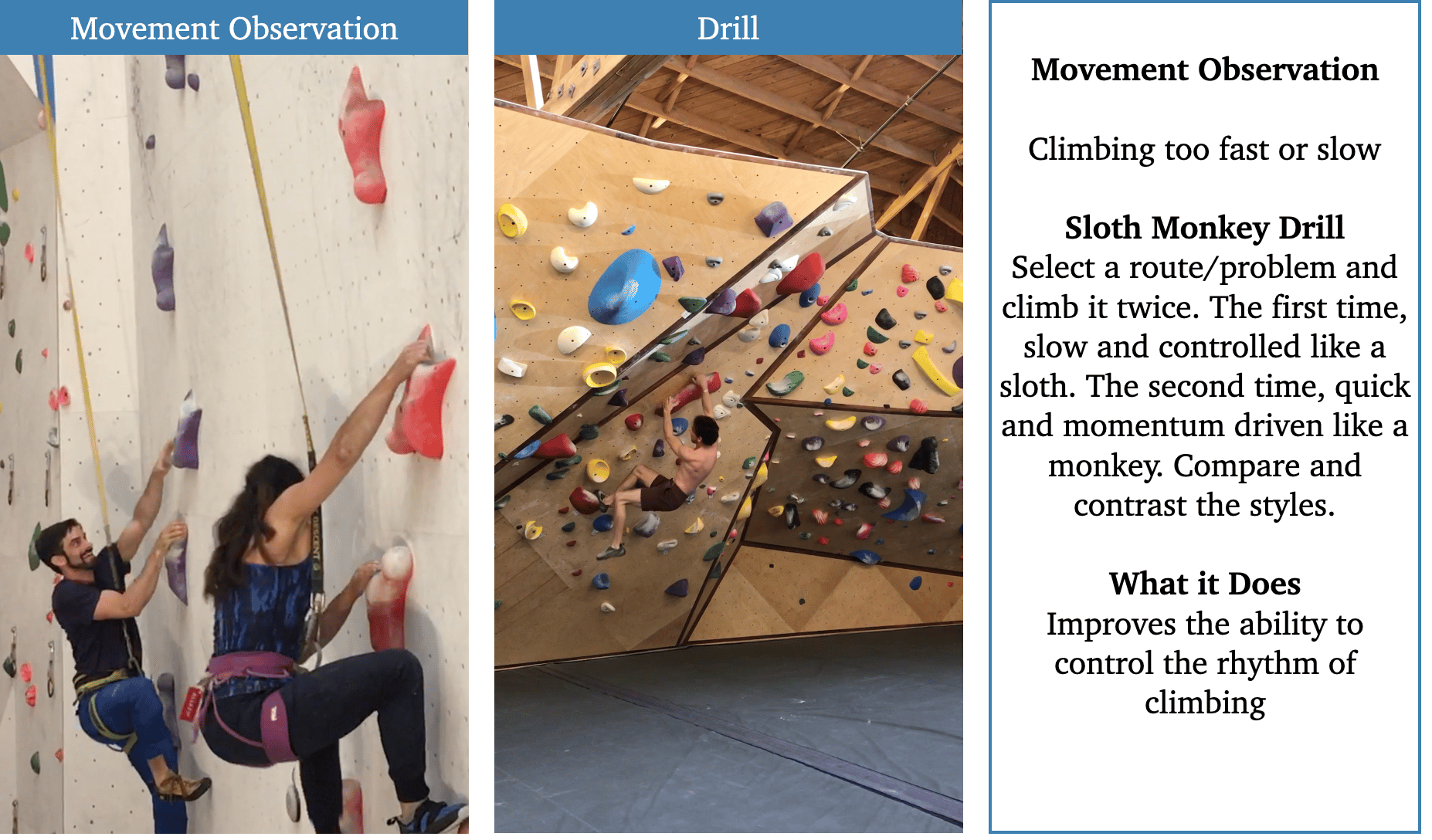🔥 Best MTB GEAR DEALS ON AMAZON

Mountain biking is an exhilarating outdoor activity that requires endurance, agility, and proper hydration. When hitting the trails, it’s essential to have a reliable source of water to keep your body hydrated and performing at its best. In this article, we will explore the advantages and disadvantages of two popular options for carrying water while mountain biking: hydration backpacks and water bottles.
Hydration Backpacks: A Convenient and Efficient Choice
Hydration backpacks have gained immense popularity among mountain bikers due to their convenience and efficiency. These backpacks are specially designed to carry water and feature a built-in hydration system consisting of a reservoir, hose, and bite valve. Here’s why hydration backpacks are favored by many riders:
One of the primary advantages of hydration backpacks is their generous water capacity. They typically range from 1.5 to 3 liters, allowing you to carry a substantial amount of water for long rides without the need for frequent refills. This is especially beneficial when exploring remote trails or areas with limited water sources.
In addition to providing enough water for your entire ride, the ample capacity of hydration backpacks also allows you to carry extra water for emergencies or unexpected events. This gives you peace of mind knowing that you have enough hydration to sustain you throughout your mountain biking adventure.
Hands-Free Hydration
Hydration backpacks offer a hands-free hydration experience, allowing you to sip water without interrupting your ride. The hose and bite valve are easily accessible while riding, enabling you to stay hydrated while maintaining control of your bike. This feature is particularly advantageous during technical and challenging sections of the trail.
With a hydration backpack, you can keep both hands on the handlebars, ensuring optimal control and stability. This is especially important when navigating through rough terrain or maneuvering around obstacles. The ability to drink water without having to stop or reach for a water bottle enhances your overall riding experience and allows you to stay focused on the trail ahead.
Additional Storage Space
Unlike water bottles, hydration backpacks come with extra storage compartments. These compartments allow you to carry essential items such as tools, snacks, a small first aid kit, and even spare clothing. This added storage capacity ensures that you have everything you need for a safe and enjoyable ride without the need for additional bags or accessories.
The additional storage space in hydration backpacks is a significant advantage for riders who like to be prepared for any situation. You can easily pack extra layers of clothing for changing weather conditions, tools for bike repairs, and snacks to fuel your ride. This eliminates the need to carry a separate backpack or add-on storage solutions, providing a streamlined and efficient gear setup.
Improved Weight Distribution
The weight of the water in a hydration backpack is evenly distributed across your back, which helps maintain balance and stability while riding. This balanced weight distribution reduces strain on your arms and shoulders, allowing for a more comfortable and enjoyable mountain biking experience.
Compared to carrying a water bottle in a bottle cage, which can create an imbalance in weight distribution, hydration backpacks provide a more ergonomic solution. The even distribution of weight on your back minimizes the strain on specific muscle groups, preventing fatigue and discomfort during long rides. This allows you to maintain proper form and technique, enhancing your overall performance on the trail.
Easy Hydration Maintenance
Hydration backpacks are designed for easy maintenance. The reservoir is often removable, making it simple to clean and refill. Additionally, some models feature antimicrobial coatings that inhibit the growth of bacteria and mold, ensuring clean and safe drinking water during your rides.
The ease of maintenance of hydration backpacks is a significant advantage for riders who value cleanliness and hygiene. Regular cleaning of the reservoir helps prevent the buildup of bacteria and ensures that your water stays fresh and safe to drink. The removable reservoir makes cleaning a quick and straightforward process, allowing you to focus on your next adventure without worrying about the cleanliness of your hydration system.
While hydration backpacks offer numerous advantages, they may not be the perfect choice for everyone. Let’s explore some of the drawbacks associated with using a hydration backpack for mountain biking:
Bulkiness and Heat Retention
Hydration backpacks can add bulk to your gear, especially if you opt for larger capacity models. This additional weight and bulkiness can affect your maneuverability and may be undesirable for riders who prefer a minimalist approach to gear. Moreover, the backpack’s coverage on your back may result in increased heat retention, potentially making you feel hotter during rides in warm weather.
Despite their convenience and functionality, hydration backpacks can be bulkier compared to water bottles. The larger capacity models can add extra weight to your gear setup, which may impact your agility and maneuverability, especially when navigating tight trails or technical sections. Additionally, the coverage of the backpack on your back can contribute to increased heat retention, making you feel warmer in hot weather conditions.
Limited Access to Water
Although hydration backpacks offer hands-free access to water, some riders may find it less convenient to drink from a bite valve compared to a regular water bottle. It may take some time to get accustomed to the bite valve mechanism and learn how to regulate the water flow effectively. Additionally, if the backpack’s reservoir runs out of water, you may need to stop and refill it, which can be time-consuming, especially if you are on a tight schedule.
Drinking from a bite valve requires a slight adjustment in technique compared to drinking from a water bottle. Some riders may find it initially challenging to control the water flow or get used to the sensation of biting and sucking. However, with practice, most riders can quickly adapt to the bite valve mechanism and enjoy the convenience of hands-free hydration. It’s also important to note that if you opt for a hydration backpack with a larger water capacity, you may need to plan your rides accordingly to ensure you have enough water to last the entire journey.
Water Bottles: A Simple and Versatile Option
Water bottles have long been a popular choice for staying hydrated during various physical activities, including mountain biking. They offer simplicity, versatility, and ease of use. Let’s explore the advantages and limitations of using water bottles for mountain biking:
Water bottles are incredibly lightweight and compact compared to hydration backpacks. They are easy to carry and can be conveniently mounted on your bike’s frame using bottle cages. The minimalistic design of water bottles ensures a clutter-free ride, making them an ideal choice for riders who prefer a streamlined setup.
The lightweight and compact nature of water bottles make them an attractive option for riders who prioritize weight reduction and minimalism. Mounting a water bottle on your bike’s frame using bottle cages eliminates the need for additional gear like backpacks or hydration packs. This reduces the overall weight you carry and allows for optimal maneuverability and agility on the trails.
Easy Access to Water
With a water bottle, you have quick and easy access to water whenever you need it. No biting or sucking is required; simply unscrew the cap and take a sip. This straightforward mechanism may be preferred by riders who find the bite valve of hydration backpacks less intuitive or uncomfortable. Additionally, it allows you to monitor your water intake more easily, ensuring that you stay adequately hydrated throughout your ride.
The simplicity of drinking from a water bottle is a significant advantage for riders who prefer a straightforward and intuitive hydration method. There are no additional mechanisms or learning curves involved; you can simply unscrew the cap and take a drink whenever you need to. This allows for efficient hydration on the go, especially during intense rides that require quick access to water.
Limited Water Capacity
Water bottles typically have a maximum capacity of around 750 to 1,000 milliliters. While this may be sufficient for shorter rides or if you have access to frequent refill points, it might not be enough for extended adventures or rides in remote areas. Constantly having to refill your water bottle can be time-consuming and may disrupt the flow of your ride.
The limited water capacity of water bottles can be a limitation, especially for riders who embark on longer rides or venture into areas with limited water sources. Depending on the duration and intensity of your rides, you may need to plan for frequent refills to ensure you have enough water to stay properly hydrated. This can be time-consuming and may disrupt your riding rhythm, particularly if you are aiming for uninterrupted flow on the trails.
Lack of Additional Storage
Unlike hydration backpacks, water bottles do not offer additional storage options. This means you will need to carry a separate bag or pouch to store your essentials such as tools, snacks, or personal items. This can be cumbersome and may add extra weight or bulk to your gear setup.
The absence of additional storage compartments in water bottles can be a drawback for riders who require extra space to carry essential items. Depending on your needs, you may need to invest in separate storage solutions, such as saddlebags or handlebar bags, to accommodate your gear. This adds an extra layer of complexity to your gear setup and may result in additional weight or bulk that can impact your riding experience.
Conclusion: Choosing the Right Option for You
When it comes to choosing between a hydration backpack and a water bottle for mountain biking, it ultimately boils down to personal preference and specific ride requirements. Here are some factors to consider when making your decision:
- Ride duration and water needs: If you frequently embark on long rides or ride in remote areas with limited water sources, a hydration backpack may be the more practical choice due to its larger water capacity. The ample water capacity of hydration backpacks ensures that you have enough hydration to sustain you throughout your journey, eliminating the need for frequent refills.
- Comfort and maneuverability: If you value a lightweight and minimalistic setup that allows for maximum agility, a water bottle mounted on your bike’s frame may be the better option. The lightweight and compact nature of water bottles provide a clutter-free ride and allow for optimal maneuverability on the trails.
- Storage requirements: If you need to carry additional gear, such as tools, snacks, or spare clothing, a hydration backpack’s extra storage compartments can prove invaluable. The additional storage space eliminates the need for separate bags or pouches and ensures that you have everything you need for a safe and enjoyable ride.
Ultimately, it may be beneficial to have both options available, allowing you to choose based on the specific demands of each ride. Whichever option you decide on, prioritizing proper hydration is crucial for maintaining your performance, endurance, and overall enjoyment while mountain biking. Stay hydrated, stay safe, and enjoy your mountain biking adventures to the fullest!
FAQ
What are the advantages of using a hydration backpack for mountain biking?
- Hydration backpacks have ample water capacity, allowing for longer rides without frequent refills.
- They offer hands-free hydration, enabling riders to drink water without stopping or reaching for a water bottle.
- Hydration backpacks come with additional storage space for carrying essential items.
- The weight of the water in a hydration backpack is evenly distributed, providing balance and stability while riding.
- Are there any drawbacks to using a hydration backpack for mountain biking?
- Hydration backpacks can be bulky and may retain heat, potentially affecting maneuverability and causing discomfort in hot weather.
- Some riders may find it less convenient to drink from a bite valve compared to a regular water bottle.
- Hydration backpacks may have limited access to water if the reservoir runs out and needs to be refilled.
- What are the advantages of using water bottles for mountain biking?
- Water bottles are lightweight and compact, allowing for a streamlined setup and optimal maneuverability.
- They provide easy access to water without the need for biting or sucking.
- Are there any limitations to using water bottles for mountain biking?
- Water bottles have limited water capacity, which may require frequent refills during longer rides or in remote areas.
- They do not offer additional storage options, requiring riders to carry a separate bag or pouch for essentials.





